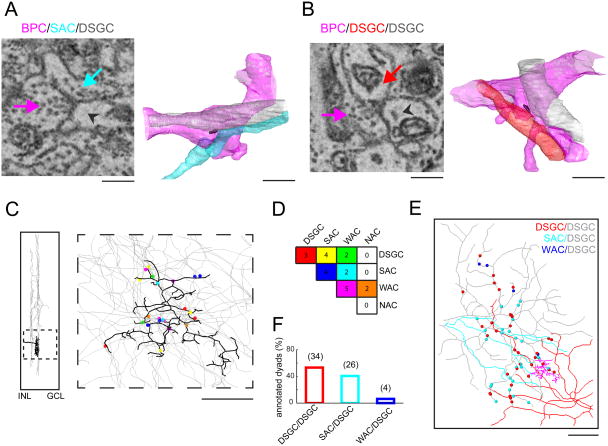Figure 4. Anatomical evidence for common input to starbursts and DSCGs.
A. Bipolar cells form dyads, where single presynaptic terminals activate post-synaptic receptors located on processes of different neurons. An example of a bipolar dyad contacting a starburst amacrine cell (SAC) and a DSGC (left) is illustrated. The arrows point to the bipolar cell ribbon (pink), the starburst process (turquoise) or the DSGC process (gray arrowhead). The ribbon can be identified by a faint gray sheet surrounded by a halo of vesicles (rather than an intense electron dense structure seen in post-stained serial sections). A 3D reconstruction of the same dyad (right; color-coded as in left); the 3D ribbon reconstruction itself is shown in black. Scale bar = 1μm.
B. An example dyad contacting two DSGCs.
C. Reconstruction of a bipolar terminal identified from its dyadic contact with a DSGC. The thick dendritic stratification of the terminal in the inner plexiform layer was characteristic of the type 5t bipolar cell (left). A total of 22 ribbon synapses were identified in this terminal. Subsequently, the two processes in these dyads were reconstructed to identify postsynaptic partners, including: DSGCs, starbursts (SAC), wide-field amacrine cells (WACs) and narrow- field amacrine cells (NACs). Scale bar = 10 μm.
D. The frequency of the bipolar cell contacts with 4 cell types (DSGCs, starbursts, WACs and NACs) is shown in the matrix. The combinations are color-coded as indicated in C.
E. Alternatively, dyadic connections (n=64; ∼ 20-30 bipolar cells) were identified on the ON endritic tree of a DSGC (gray), from which the second postsynaptic process was traced. Dyads on the reconstructed DSGC dendritic tree (gray) color-coded according to the second dyadic partner; another DSGC (red), starburst (cyan) or wide-field amacrine cell (blue). Scale bar = 25μm.
F. Fraction of DSGC, starburst or wide-field processes that are shared with dyads contacting a single DSGC (grey cell in E).

